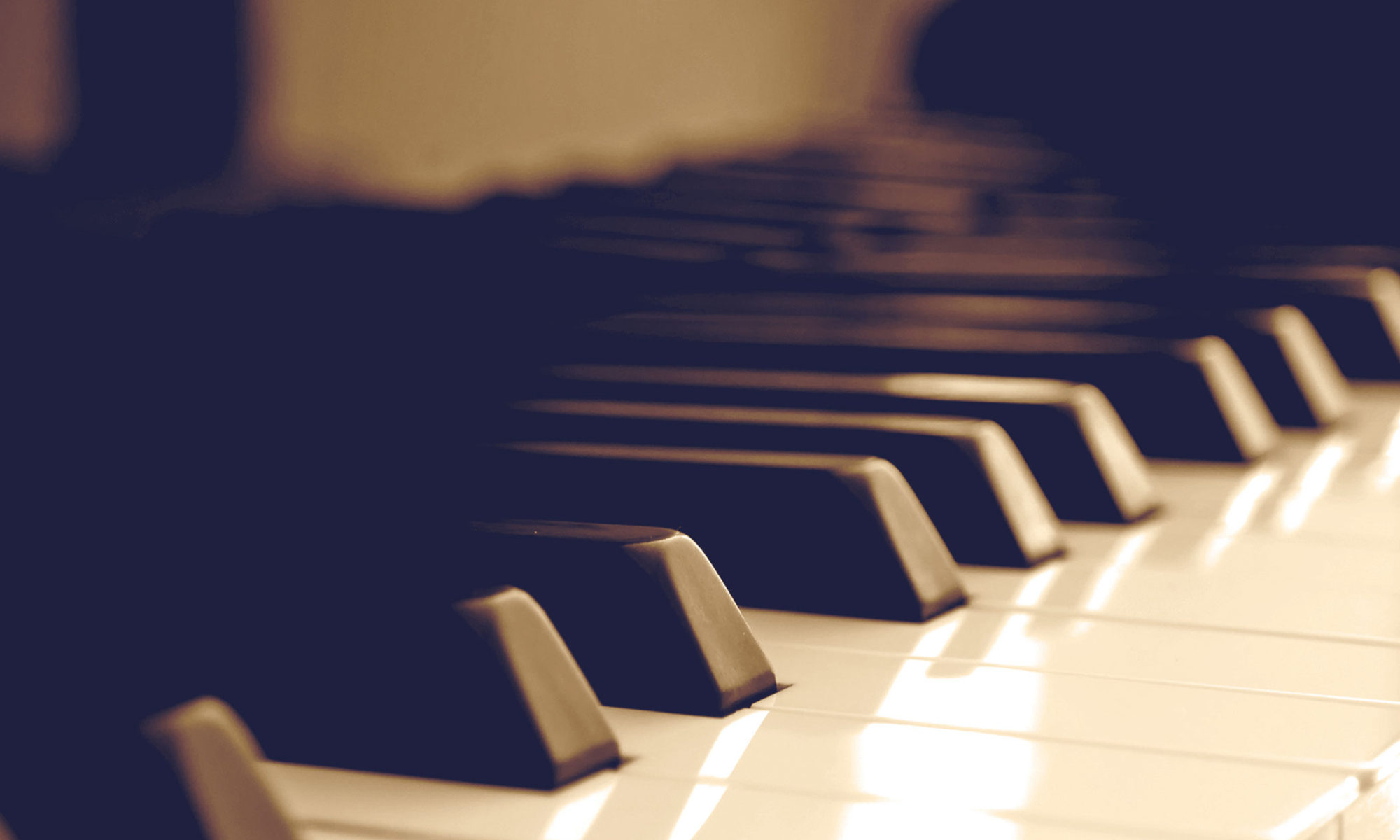What is regulation and how does it affect my piano’s performance?
Regulation is the adjustment of the mechanical aspects of the pianos to compensate for the effects of wear, the compacting and settling of cloth, felt, and buckskin, as well as dimensional changes in wood and wool parts due to changes in humidity.
The three systems involved in regulation are the action trap work and damper system. The action is the mechanical part of the piano that transfers the motion of the fingers on the keys to the hammers that strike the strings. It is comprised of over 9,000 parts which require adjustment to critical tolerances to be able to respond to a pianist’s every command. The trap work is the assemblage of levers, dowels and springs that connects the pedals to the action affecting sustain and dynamics. The damper system is the mechanical part of the piano that stops the vibration of the string when you release the key and is controlled by the key and pedal systems.
Do all pianos need to be regulated?
All upright and grand pianos need periodic regulation to perform their best. Frequency of regulation is dependent upon amount of use, exposure to climatic changes, and the instrument’s quality, age and condition. New pianos may require regulation in their first year because settling and compacting of parts sometimes necessitates adjustment.

